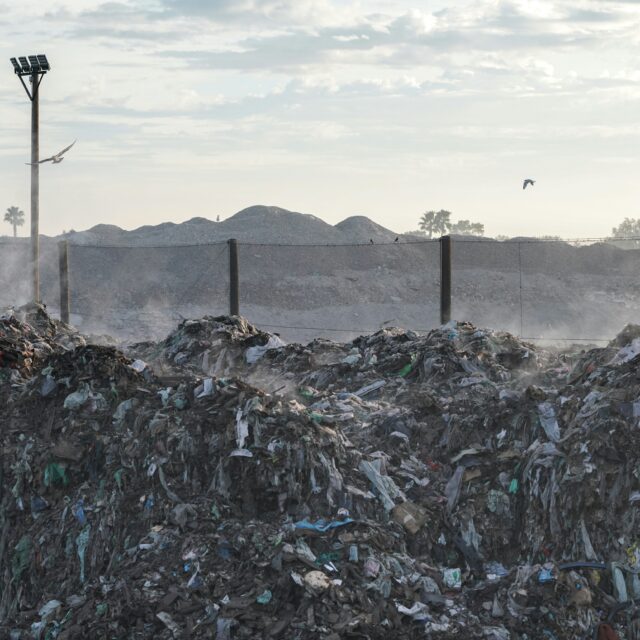A new study by a group of US scientists compared two groups of flame retardants – respectively polybrominated diphenyl ethers (PBDEs) and organophosphate ester flame retardants (OPFRs) – for a number of properties and warns that replacing the former by the latter is likely a regrettable substitution.
Significant evidence of the links between exposure to PBDEs and harmful effects for human health have led to their increasing regulation over the last decade.
Meanwhile a newer generation of flame retardants, OPFRs, has been used as a replacement in numerous consumer products from electronics to upholstered furniture, textiles, building materials and floorings leading to ubiquitous exposure in people and the environment.
Following the publication of the new study, health groups are calling for further regulation and human biomonitoring of those flame retardants together with a shift to prevention and detection methods that do not involved chemicals in order to promote fire safety.
OPFRs are persistent mobile organic compounds that have ability for long-range transport and accumulation in the environment at levels that rival those of PBDEs when they were at peak levels of exposure – they can be found in remote areas such as the Arctic and Antarctic.
Humans are also being exposed from the indoor environment – for instance in dust. Despite data gaps about their full toxicity profile, available evidence from in vivo and in vitro studies suggests serious health effects, including developmental and neurodevelopmental effects and behavioural alterations that can persist in adulthood long after the end of developmental exposure.
Natacha Cingotti, Senior Policy Officer for Health and Chemicals at the Health and Environment Alliance (HEAL) told this website: “This study points to existing concerns about the entire group of organophosphate flame retardants among the environmental health community, therefore calling for further and faster precautionary regulation and human biomonitoring. It also illustrates that an action plan on substitution should be high in the priorities of the Zero Pollution Strategy promised by the European Commission.”




